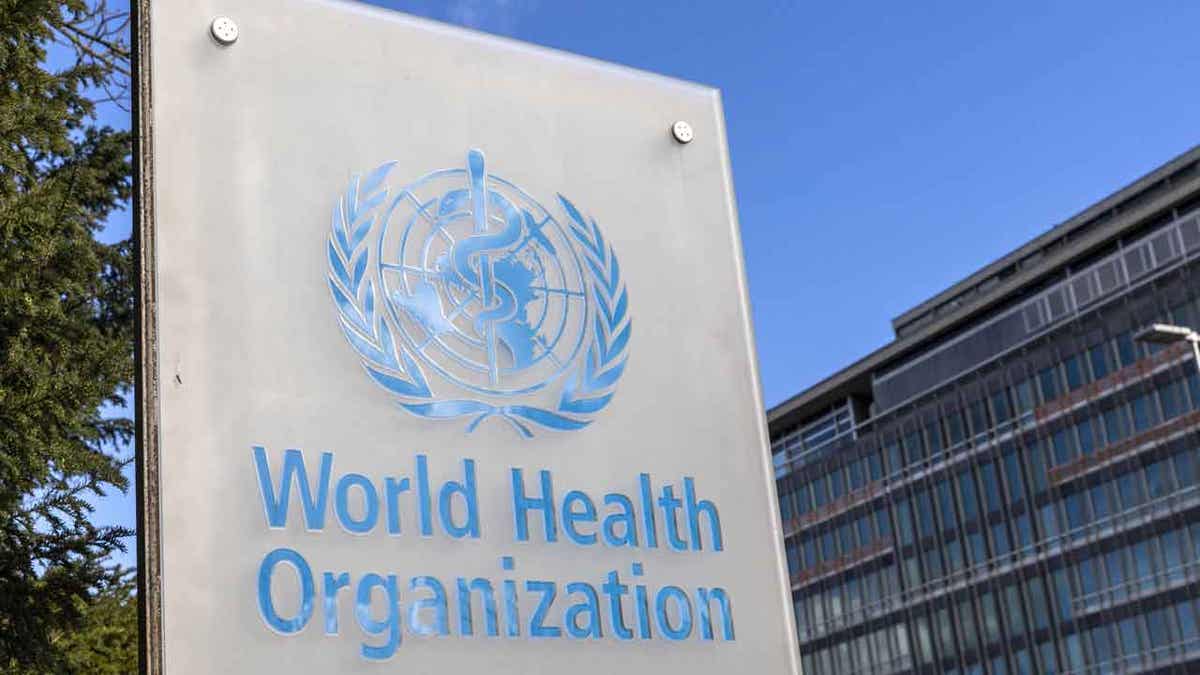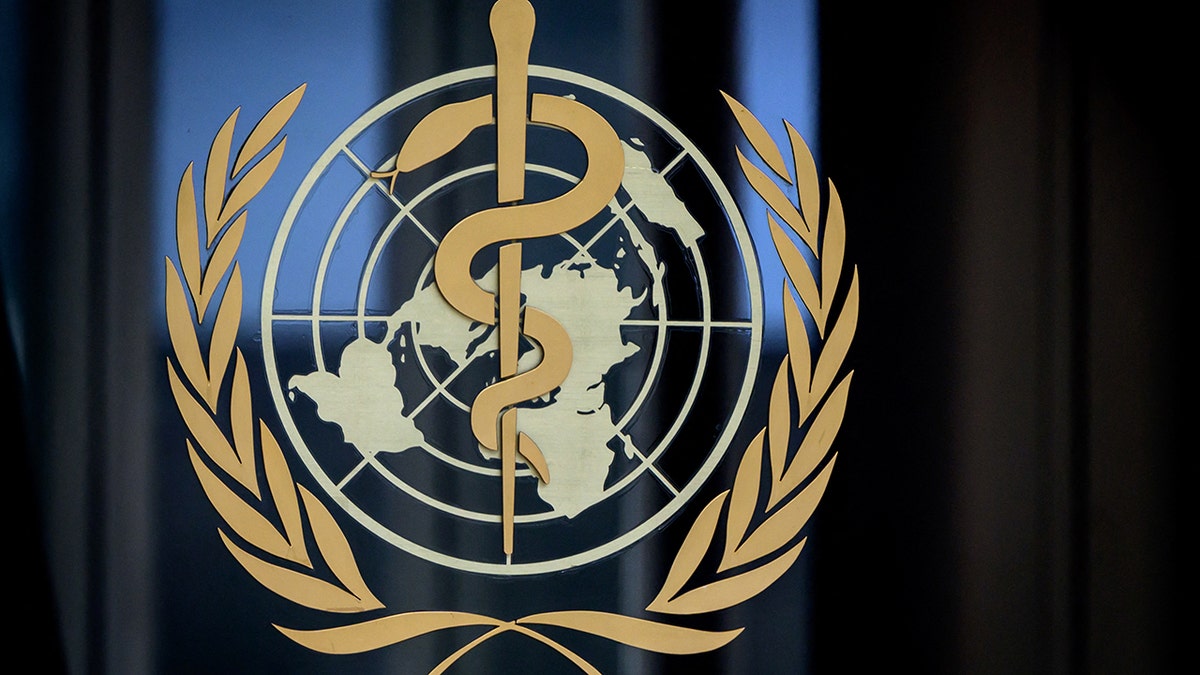World Health Organization to declare aspartame a possible carcinogen
Fox News contributor Dr. Marc Siegel argues that the W.H.O. only spreads fear without concrete assertions about aspartame on ‘America Reports.’
Chinese health officials said Thursday that they have not detected any "unusual or novel diseases" regarding an increase in respiratory illnesses and pneumonia in children, according to the World Health Organization (WHO).
The WHO requested more information from China on Wednesday as several groups, including the Program for Monitoring Emerging Diseases, reported clusters of undiagnosed pneumonia in children in northern China.
According to the WHO, outside scientists said the situation called for close monitoring, but they were not convinced that the recent spike in respiratory illnesses in China signaled the start of a new global outbreak.
WHO noted on November 13 that authorities at China’s National Health Commission (CNHC) reported an increase in respiratory diseases, which they said was due to the lifting of COVID-19 lockdown restrictions.
US SCORES D+ FOR PRETERM BIRTH RATES, SAYS NEW REPORT: ‘FALLING FURTHER BEHIND’

The World Health Organisation (WHO) logo is seen near its headquarters in Geneva, Switzerland. (REUTERS/Denis Balibouse/File Photo)
Several countries, including the U.S. and the U.K. also experienced large waves of respiratory viral infections, such as respiratory syncytial virus, or RSV, in the first winter after COVID-19 restrictions were lifted as scientists said people had lower levels of natural immunity.
Through the International Health Regulations mechanism, China responded to the WHO within 24 hours, as the organization had asked for epidemiologic and clinical information as well as laboratory results.
DRINKING RAW MILK CAUSED CAMPYLOBACTER INFECTIOUS OUTBREAK IN UTAH: WHAT TO KNOW ABOUT THE ILLNESS

Respiratory syncytial virus - viral vaccine under research (iStock)
WHO stated that northern China had experienced a jump in influenza-like illnesses since mid-October compared to the previous three years.
WHO SEARCHES FOR ORIGIN OF CONTAMINATED COUGH SYRUP LINKED TO 6 CHILDREN'S DEATHS

Blood sample with respiratory syncytial virus (RSV) positive (iStock)
The arrival of new flu strains or other viruses capable of triggering pandemics typically starts with undiagnosed clusters of respiratory illness, according to the WHO. Both SARS and COVID-19 were first reported as unusual types of pneumonia.
"No changes in the disease presentation were reported by the Chinese health authorities," WHO said. The organization also added that Chinese health officials said the spike in patients had not overloaded the country’s hospitals.
CLICK HERE TO GET THE FOX NEWS APP

This photograph taken on March 5, 2021 shows a sign of the World Health Organization (WHO) at the entrance of their headquarters in Geneva. (FABRICE COFFRINI/AFP via Getty Images)
According to the CNHC, outbreaks have swamped some hospitals in northern China and health authorities have asked the public to take children with less severe symptoms to clinics and other facilities.


